In contrast to yesterday, today we took our lesson and it was work!
Today's lesson primarily focused on the canter/walk transition and while that may sound pretty easy and fairly routine, it's not! In doing transitions, it's a lot easier to perform them when moving from gait to the next (eg. trot/walk) as opposed to going from one extreme to the other (eg. canter to walk). And strangely enough, it's very easy going from a canter to a complete halt on Max.
However, going from the canter to the walk is a much more difficult proposition because it's all too easy to come to apply too much pressure in the seat and come to a complete halt (i.e. jam on the brakes). I suppose this would be chalked up to my early training with Max which emphasized training him to halt immediately on command, which eventually transitioned to using mostly my body reinforced with a little rein.
Now the key is to apply just enough "brake" and not too much and that's going to require practice...a LOT of practice. Most of this is my issue rather than Max's since, after all, he's following my direction. We practiced this many times over and basically it requires the following:
1) Collection- You need to collect up the horse and get most of the weight shifted to the haunches. This will minimize the chance of the horse becoming heavy on the front end and having the horse "dive" into the walk (or stop- this also applies to the canter/halt).
2) Pressure- Apply enough pressure from the seat but not too much. This is mainly breath control combined with keeping good leg contact. Rein is also used but with a curb bit, very little is needed- you don't want to throw up a "wall" for the horse to crash into (i.e. rip his head off).
3) Momentum- Once you begin to feel the horse slow down, you need to almost squeeze him forward a bit (at least on a horse like Max that's used to doing complete stops when I apply a high degree of pressure).
4) Release the Reins- While you give a slight squeeze, you also need to be sure to give the horse his head. It's a weird effect but the horse's head will lower going into the walk and you need to not be so tight on the reins that he's prevented from doing so.
All of the above need to be combined and that's a pretty tall order. I managed to get a few of them "right" but most of my transitions ended up either in an abrupt halt or he would jig a few steps before settling into a walk or he'd trot out.
I'm sure each horse has a different degree of sensitivity to the aids and braking power, as much the same as braking with a small sports car is different from braking with a large truck. They both stop but have different requirements. For Max, we need to train him to understand that he's expected to relax and continue forward at a walk and that it needs to be done at an unhurried pace. This is also going to require me to be more subtle in my the use of the aids. Also, I need to be ready to quickly kick him up to keep him moving if it looks like he's just going to stop.
To a great degree, this is all a matter of timing...
We'll, looks like we have some work to do here. :-)
However, going from the canter to the walk is a much more difficult proposition because it's all too easy to come to apply too much pressure in the seat and come to a complete halt (i.e. jam on the brakes). I suppose this would be chalked up to my early training with Max which emphasized training him to halt immediately on command, which eventually transitioned to using mostly my body reinforced with a little rein.
Now the key is to apply just enough "brake" and not too much and that's going to require practice...a LOT of practice. Most of this is my issue rather than Max's since, after all, he's following my direction. We practiced this many times over and basically it requires the following:
1) Collection- You need to collect up the horse and get most of the weight shifted to the haunches. This will minimize the chance of the horse becoming heavy on the front end and having the horse "dive" into the walk (or stop- this also applies to the canter/halt).
2) Pressure- Apply enough pressure from the seat but not too much. This is mainly breath control combined with keeping good leg contact. Rein is also used but with a curb bit, very little is needed- you don't want to throw up a "wall" for the horse to crash into (i.e. rip his head off).
3) Momentum- Once you begin to feel the horse slow down, you need to almost squeeze him forward a bit (at least on a horse like Max that's used to doing complete stops when I apply a high degree of pressure).
4) Release the Reins- While you give a slight squeeze, you also need to be sure to give the horse his head. It's a weird effect but the horse's head will lower going into the walk and you need to not be so tight on the reins that he's prevented from doing so.
All of the above need to be combined and that's a pretty tall order. I managed to get a few of them "right" but most of my transitions ended up either in an abrupt halt or he would jig a few steps before settling into a walk or he'd trot out.
I'm sure each horse has a different degree of sensitivity to the aids and braking power, as much the same as braking with a small sports car is different from braking with a large truck. They both stop but have different requirements. For Max, we need to train him to understand that he's expected to relax and continue forward at a walk and that it needs to be done at an unhurried pace. This is also going to require me to be more subtle in my the use of the aids. Also, I need to be ready to quickly kick him up to keep him moving if it looks like he's just going to stop.
To a great degree, this is all a matter of timing...
We'll, looks like we have some work to do here. :-)




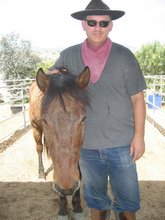
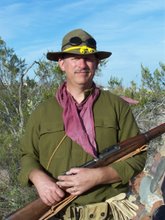
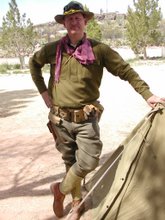
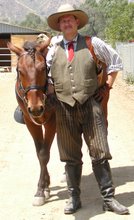
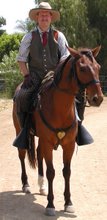

No comments:
Post a Comment